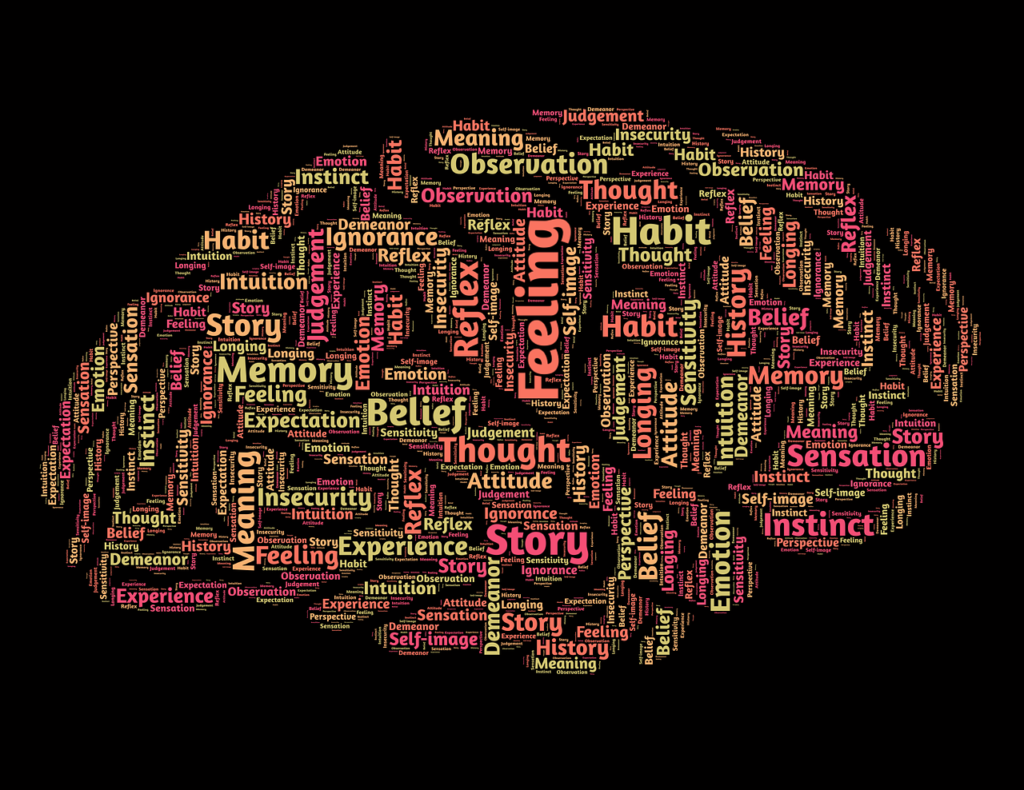When we think about exercise, we often associate it with physical fitness, weight management, and overall well-being. However, the benefits of exercise extend far beyond the physical realm. In recent years, researchers have discovered a powerful connection between exercise and brain health, unveiling how physical activity plays a crucial role in the development, maintenance, and enhancement of our most vital organ – the brain.
Physical activity encompasses any movement that engages the muscles and requires energy expenditure. From simple actions like walking and stretching to more intense activities like running, swimming, and weightlifting, exercise takes various forms. While its positive effects on cardiovascular health and muscular strength are well-documented, it is the impact on brain health that has captured the attention of neuroscientists and health professionals alike.
The brain’s development begins even before birth, and as a baby grows into a toddler and later a teenager, this organ undergoes remarkable changes. During infancy and early childhood, the brain experiences rapid growth and development, forming countless connections between neurons. Physical activity during this critical period is essential as it stimulates the brain, encouraging the creation of these neural connections that serve as the foundation for future cognitive and motor skills.

As we progress into our teenage years, the brain continues to develop and refine its functions. Physical activity becomes even more crucial during adolescence, as it not only contributes to better brain development but also plays a significant role in emotional regulation and social integration.
At the core of the brain’s function lies the intricate communication network formed by billions of neurons. This network enables the brain to process information, control bodily functions, and govern emotions and behavior. The brain is also responsible for cognitive processes like memory, attention, and problem-solving. In essence, it serves as the master control organ of survival, ensuring our ability to adapt and thrive in the environment.

The science behind how exercise improves the brain is multifaceted. One key mechanism is the increased blood flow and oxygen delivery to the brain during physical activity. This enhanced circulation supports the growth of new blood vessels and neurons, promoting overall brain health and function.
Moreover, exercise triggers the release of various neurochemicals, including endorphins, serotonin, and dopamine, commonly known as “feel-good” chemicals. These substances not only enhance mood but also help reduce stress and anxiety, promoting a more positive mental state.
Furthermore, exercise stimulates the production of brain-derived neurotrophic factor (BDNF), a protein that plays a critical role in supporting the survival and growth of neurons. BDNF fosters neuroplasticity, the brain’s ability to adapt and rewire itself in response to new experiences and learning.
In contrast, many activities can harm brain function, especially during critical developmental stages. Drug and alcohol abuse, particularly during adolescence, can disrupt the formation of neural connections, leading to long-lasting cognitive impairments. Inactivity and sedentary behavior have also been linked to a decline in brain health and cognitive function over time. It is clear that engaging in regular physical activity is vital for optimizing brain health and mitigating potential risks.
Research has shown that certain brain areas benefit significantly from exercise. The hippocampus, a region critical for memory and learning, is particularly responsive to physical activity. Studies have demonstrated that exercise can increase the volume of the hippocampus, leading to improved memory and cognitive performance.
Another brain area that benefits from exercise is the prefrontal cortex, responsible for executive functions such as decision-making, attention, and impulse control. Regular physical activity has been associated with better executive function and enhanced cognitive flexibility.
The connection between exercise and brain health is undeniable. From early development through adolescence and adulthood, physical activity plays a pivotal role in shaping the brain and maintaining its optimal function. The science behind exercise’s positive impact on the brain is fascinating and multifaceted, involving increased blood flow, neurochemical release, and the promotion of neuroplasticity.
As the master control organ of survival, the brain deserves our utmost care and attention. Engaging in regular physical activity can not only enhance our physical fitness but also bolster our cognitive abilities, memory, and emotional well-being. By choosing a lifestyle that prioritizes exercise and avoiding activities that harm the brain, we can pave the way for a healthier, sharper, and more fulfilling life. So, let’s lace up our shoes, get moving, and embark on a journey to better brain health.
